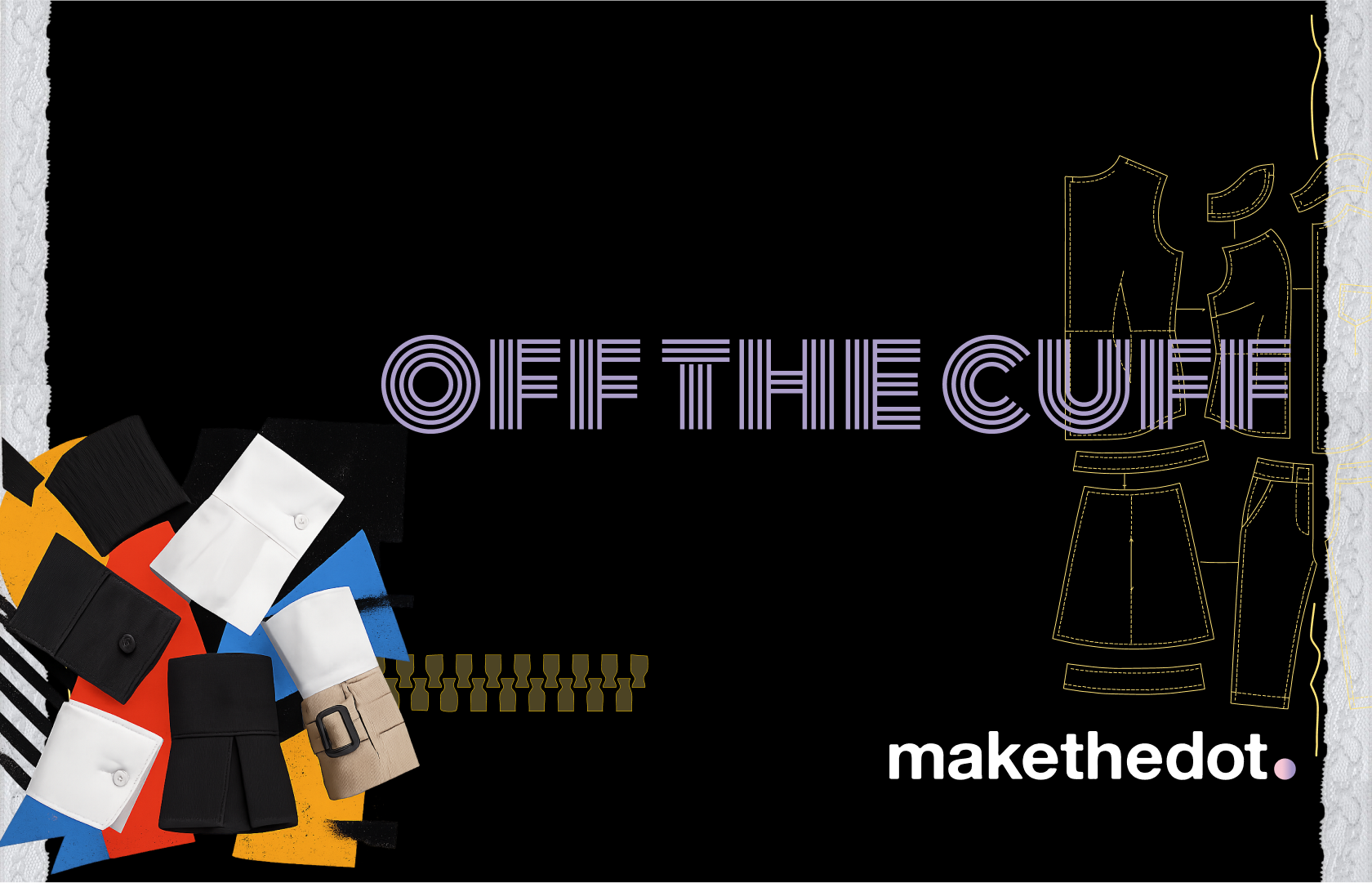China is the worlds largest consumer market. China is also the fashion's world's largest luxury consumer market, accounting for 30% of global sales, which is due to rise to 50% by 2025.
However, luxury fashion brands continue to trip up when targeting this enormous market.
So having spent 8 years working in the fashion industry in China, I thought I'd shed some light on where western brands are going wrong.
In summary:
- Chinese fashion history - Lots of fashion brands haven't changed their strategy to cater for the local market, relying on outdate stereotypes on what they perceive is Chinese
- Chinese fashion style - Chinese tastes for luxury fashion are more complex than brands realize, and proper research and actual localisation is needed to win this market
- The tole of technology - Consumers in china expect an omnichannel experience new to luxury in the west. Brands should look to partner with local players in China to offer this
China fashion localisation gone wrong
This is a tricky one, because all brands entering a local market should in theory tweak their offering and marketing to cater for local tastes. However a knowledge of Chinese fashion history and tastes is key in the country. What fashion brands miss is the appeal in China fashion to Chinese consumers stems from the brands European luxury and foreign cultural identity. Over use of traditional Asian colours like red and gold, iconography and poor language translations have showed a lack of understandably of Chinese fashion history and show shallow depictions of Chinese culture that have missed the point of their appeal in the first place 🐉
Chinese fashion consumers are attracted to, and want to purchase products that show European luxury and refinement honed over hundreds of years. Not shallow depictions of their own culture and fashion history.
Shadow adaptions aside, Just watch the below from a D&G, marketing their runway show in Shanghai in 2018.........Seriously this is a real marketing campaign, produced by a real luxury fashion house. Cringing permitted.
Too little digital, too slowly
Today China is one of the most innovative and diverse consumer technology landscapes in the world. 9 out of 10 millennials prefer in-person experiences that are also digitally friendly, when making luxury purchases, and 82% of Chinese luxury consumers use a combination of online and off-line channels to make purchases.
However, for many luxury fashion brands these channels are operated as different business units and silos, with different processes, decision makers and objectives, which can lead to a poor overall experience for Chinese fashion consumers 🛒
Burberry is an exception to this. The British brand upgraded its flagship store in Shenzhen in partnership with tech giant Tencent and now offers an experience that integrates e-commerce and social media into the store.
Lack of knowledge of China fashion history
Chinese fashion consumers today are not the Chinese fashion consumers of 10 or even 5 years ago. They are patriotic, vocal and unashamed.
Chinese consumers today are in an increasingly powerful position. The plethora of Chinese social media apps, peer-to-peer review platforms and livestreaming tools gives them unprecedented ability to express their opinions, be it positive or negative.
From what clothes are trending in China, to what is Chinese fashion style.
Being overconfident and not addressing the China fashion market with the same preparation can have consequences.
See Louis Vuitton’s live-streaming debut on Xiaohongshu, which was widely criticised for cheap-looking sets, props and luxury fashion items that were a poor imitation of local Chinese fashion styles KOL live streaming events. Not the seasonal drop of a 200 year old French luxury brand 🇫🇷

In summary
The bottom line is its naive for luxury fashion brands to presume unconditional love from Chinese fashion consumers just because a fashion house operates a heritage brand with a global reputation.
Ultimately, the colossal Chinese fashion market still offers plenty of rewards that are worth the effort, but in order to redeem those rewards brands need to listen to its consumers and give them the respect their market share deserves.
Plenty of western brands have made this make this mistake in the past, from Tesco to Uber, while plenty such as Apple have also succeeded 🍏
When Chinese consumers are treated individually, with a separate amount of localisation and respect, brands tend to succeed.
Which is something all fashion brands should aim to follow.
Liking what you're reading? Please follow us on Facebook and Instagram to see more.




